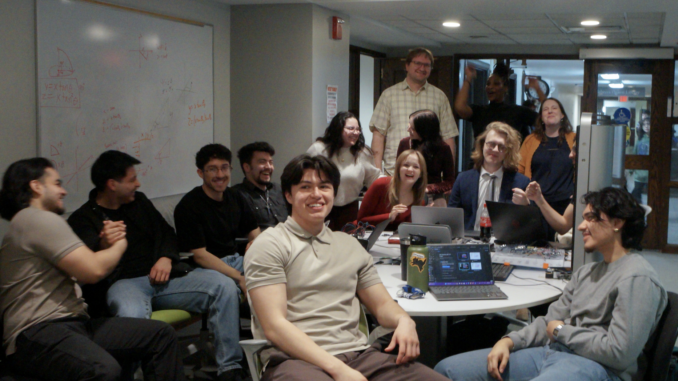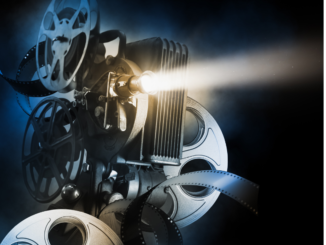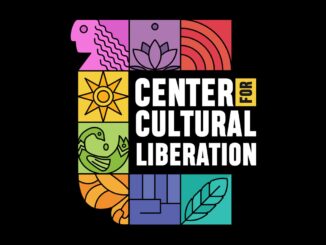
By Fiona Rowlands
A team of Dominican students have received funding from NASA to design self-sufficient lunar sensors.
This team is led by Julio Rodriguez, a junior majoring in computer science, and Pablo Cesar Bedolla Ortiz, a junior double majoring in aerospace engineering and mathematics.
NASA MINDS is a program that offers funding to students from minority-serving institutions. The design projects for this program must relate to the Artemis mission.
The Artemis mission has two main goals. The first goal is to learn more about the moon with technology before sending more astronauts.
“All the Apollo missions were near the equator,” said Ortiz. “This time, it’s [Artemis] going to the south pole because that’s where all the water is [located].”
The second goal is having a sustainable mission by 2028. The focus on sustainability means new technology needs to be created to meet this goal.
The sensors Rodriguez and Ortiz are working on involve lidar technology, which stands for light detection and ranging. It is a remote sensing method that uses lasers to get topographical information.
“The way it works is [if] you have a laser [and if] that laser bounces back, [it will show] how long it took to come back,” Ortiz explained. “You can tell how far away it is.”
Even though there are some issues with lidar, the method does provide plenty of useful data for scientists.
While the team has managed to receive funding, there have been some challenges along the way.
The biggest problem has been the learning curve. All the students are new to research, but managing a huge project is difficult.
Despite many members having engineering and mathematical backgrounds, no one is an electrical engineer. All members had to learn how to wire arduino boards from scratch.
Through all the hard work and determination, Rodriguez and Ortiz both believe that the most rewarding part of this project is seeing the progress continue.
There are also no faculty advisors who are electrical engineers.
Ariel Rogers, the faculty lead, has a background in mechanical engineering while Dr. Sara Quinn and Dr. Kevin Murphy both have backgrounds in math. The team has appreciated the guidance of the faculty.
Time management was another challenge for the team. Both Ortiz and Rodriguez are taking 18 credit hours and completing internships.
Managing academics along with research can be demanding due to busy and differing schedules.
Despite these challenges, the team has made great progress on the designs as well as building a model.
“We actually got a major breakthrough in getting the lidar working,” Rodriguez said. “[We were] able to detect things individually because there are two sensors that report data separately.”
When the research is completed, the next steps include testing the sensor and presenting at conferences. If this project wins the NASA MINDS competition, then the team will go to the Kennedy Space Center.
Ortiz said he is grateful for all the team members and the opportunity to work on the research project.
“The team feels like they are part of something bigger,” he said.
Rodriguez also said anyone is more than welcome to join the team, regardless of major.
“If there are any electrical engineers out there, come join us,” he said. “If anyone wants to reach out to us or if there’s any faculty interested in doing something like this, we are always looking for new projects.”



